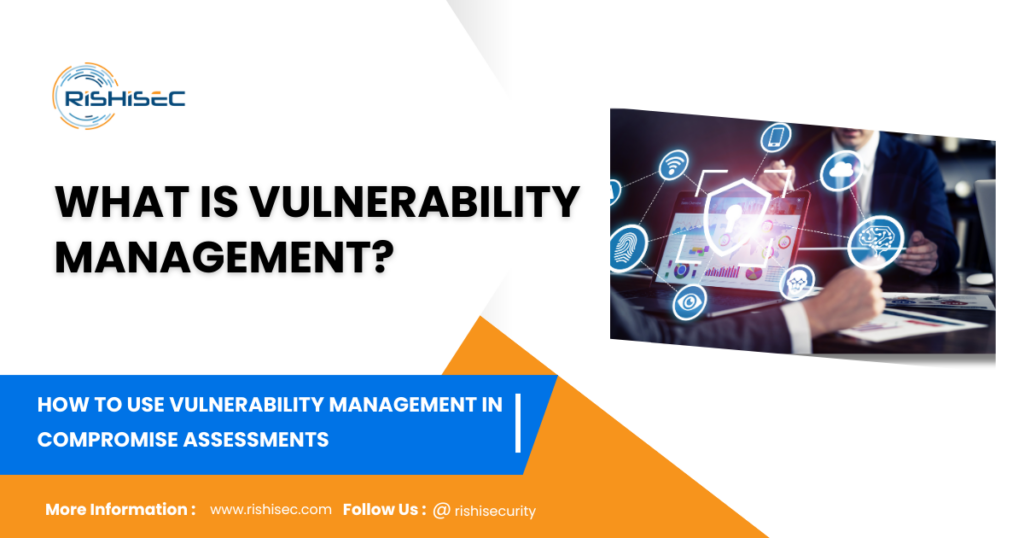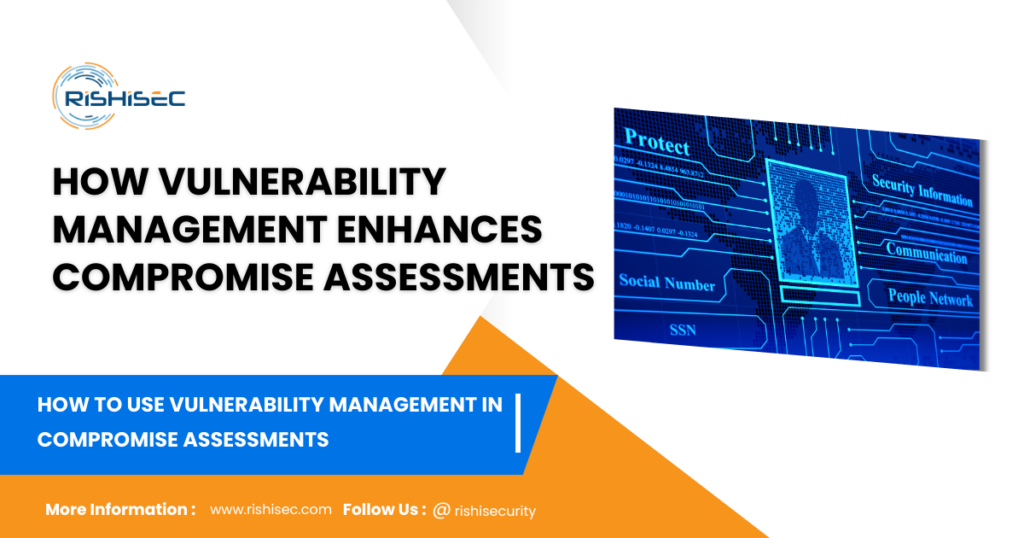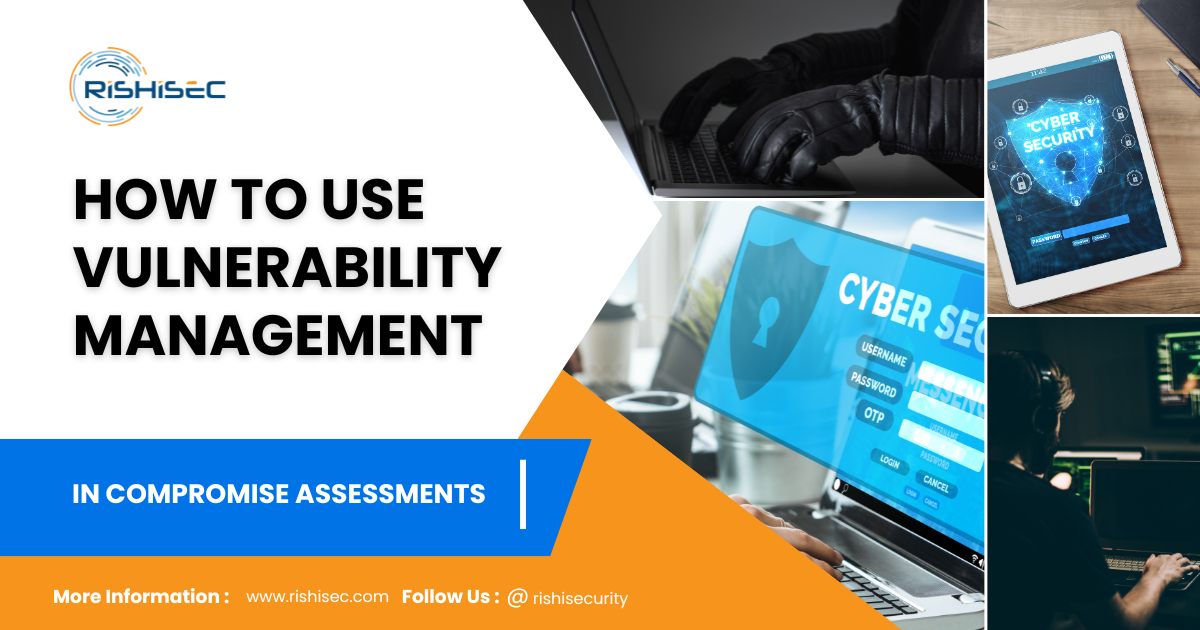Contents
Vulnerability Management in Compromise Assessments
In today’s cyber security landscape, vulnerability management is a crucial component of effective compromise assessments. This guide explores how integrating vulnerability management into your assessment strategy can significantly strengthen your organization’s security posture.
What is Vulnerability Management?

Vulnerability management is an ongoing process that involves identifying, assessing, and mitigating security weaknesses in your IT environment. But it’s not just a one-time task—it requires continuous monitoring to stay ahead of evolving threats. If vulnerabilities are left unchecked, they can be exploited by attackers, leading to potential breaches. In this context, a proactive approach is essential to prevent exploitation, thus safeguarding your systems and data.
- Discovery: Regularly scanning systems and networks to identify potential vulnerabilities.
- Assessment: Evaluating the severity of identified vulnerabilities based on their potential impact.
- Mitigation: Implementing fixes or workarounds to address vulnerabilities.
- Reporting: Documenting the status of vulnerabilities and the actions taken.
How Vulnerability Management Enhances Compromise Assessments

Vulnerability Management Enhances Compromise Assessments
Compromise assessments are designed to detect and analyze potential security breaches or weaknesses. And when you integrate vulnerability management into these assessments, you gain several critical benefits. Because vulnerabilities can quickly turn into entry points for attackers, addressing them proactively strengthens your security posture. So, combining these efforts helps organizations not only detect threats but also mitigate risks effectively, ensuring a more resilient IT environment.
1. Proactive Detection Through Regular Scanning
Routine vulnerability scans are essential because they help identify new and emerging threats before they can be exploited. And regular scanning ensures that your security team stays aware of the latest vulnerabilities so they can address them promptly. But effective scanning isn’t just about frequency—it should also:
- Utilize up-to-date threat intelligence.
- Perform comprehensive scans of all systems and applications.
- Prioritize vulnerabilities based on their risk level.
2. Prioritization of Risks for Efficient Remediation
Not all vulnerabilities pose the same level of risk. A prioritized approach helps allocate resources efficiently by focusing on the most critical issues. Key practices include:
- Risk Assessment: Analyze vulnerabilities based on their exploitability and potential impact.
- Resource Allocation: Direct efforts toward high-risk vulnerabilities that could cause the most damage.
- Remediation Planning: Develop a clear plan for addressing vulnerabilities based on their priority.
3. Integration with Incident Response Plans
A seamless integration of vulnerability management with your incident response strategy enhances your ability to respond quickly to threats. This integration involves:
- Real-time Alerts: Setting up alerts for vulnerabilities that are actively being exploited.
- Incident Correlation: Linking vulnerability data with incident reports to understand the context of breaches.
- Rapid Response: Implementing fixes and mitigation strategies swiftly to minimize the impact of vulnerabilities.
4. Continuous Improvement for Enhanced Security
Vulnerability management is not a one-time task but a continuous process. Regularly reviewing and updating your vulnerability management practices ensures that you stay ahead of emerging threats. Key aspects include:
- Ongoing Monitoring: Continuously track new vulnerabilities and threats.
- Feedback Loop: Incorporate lessons learned from past incidents to improve practices.
- Adaptation: Update vulnerability management strategies based on new threat intelligence and changes in your IT environment.
Conclusion
Effective vulnerability management is integral to successful compromise assessments, providing a proactive defense against potential threats. By integrating these practices, your organization can significantly enhance its cyber security posture and protect against emerging vulnerabilities.
Take Your Cyber security to the Next Level with SentryCA
Discover how SentryCA’s advanced vulnerability management solutions can elevate your cyber security strategy. Start your free trial today to experience comprehensive protection and stay ahead of potential threats.
You may also like our this post, Compromise Assessment vs. Penetration Testing: What’s the Difference?`


